Ceramide is a kind of compound, not a certain compound. It is also called N-acyl sphingosine, which is the most important kind of sphingolipids.
The Phyto-derived ceramide produced by Shaanxi Youbio Technology Co., Ltd. is a ceramide sphingolipid compound. At present, the main sources of ceramides extracted from plants are rice bran and konjac. The content of ceramide in rice bran is about 0.01%-0.02%. The content of ceramide in konjac is about ten times than rice bran, it is 0.15%-0.2%.
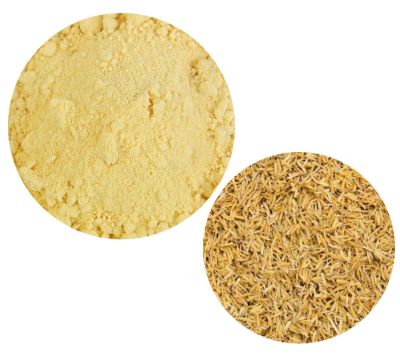
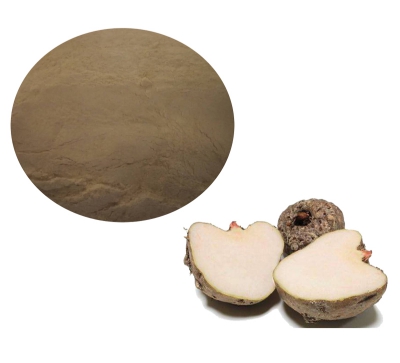
Ceramide derived from rice bran is mainly ceramide glucose lipid. Ceramide derived from Konjac is mainly ceramide glucoside. Since both components are compounds based on glucose, the Phyto derived ceramides are called glucosylceramides.
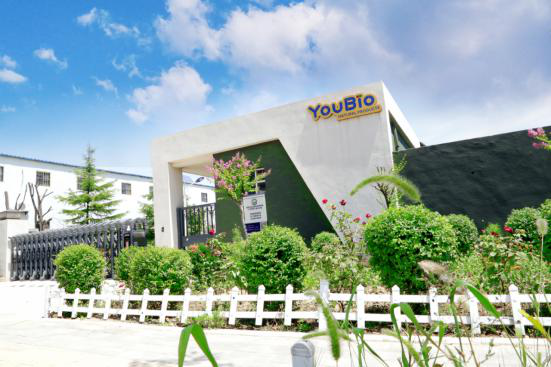
The technology of extracting ceramide from plants has been mastered by Shaanxi Youbio Technology Co., Ltd for ten years. In order to ensure that our product quality is stable and reliable, we have established a complete production system from raw material supply, extraction to final product inspection. We have technology and equipment that can independently detect ceramide. The test result was approved by the Japanese laboratory. At present, our company's monthly output of ceramide is 500 kg, and we can expand the production capacity at any time to supply our customers.
The role of ceramide
1 Ceramide plays an important role in maintaining the skin barrier function.
2 The use of ceramide can significantly increase the adhesion between keratinocytes, improve skin dryness, and reduce skin desquamation.
3 Ceramide has a strong ability to associate water molecules. It maintains skin moisture by forming a network structure in the stratum corneum.
4 The use of ceramide can increase the content of ceramide in the stratum corneum of the epidermis and can improve the conditions of dry skin, desquamation, and roughness. At the same time, ceramide can increase the thickness of the stratum corneum, improve the skin's ability to hold water, reduce wrinkles, increase skin elasticity, and delay skin aging.
Ceramide biological function
1 Participate in cell function;
2 Regulation of cell growth variation;
3 Apoptosis-Inducing Function ;
4 Regulates immune function and inflammation
The pharmacological function of ceramide
1 Antitumor effect;
2 Antiviral effect;
3 Antihepatotoxicity effect.
Application of Ceramide
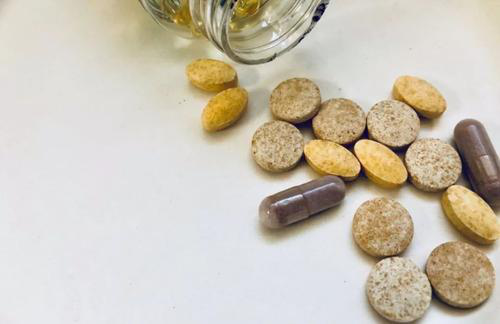
1 According to the physiological function of ceramide, some foods with health care functions have been developed. It has the functions of inhibiting blood pressure rise, activating immunity, hindering lipase activity, inhibiting cancer cell proliferation, etc. In addition, the high stability and high safety of Phyto-derived ceramides make it a barrier-free addition to various food types. Currently, known ceramide food categories include capsules, jellies, functional drinks, tablets, and other dosage forms.
2 Since ceramide has moisturizing and anti-aging effects, many products containing ceramide have been developed in cosmetics. Such as ceramide skincare products, ceramide hair care products, ceramide lipstick, ceramide soap, and so on. In addition to the highly effective moisturizing effect, skincare products using ceramide are also easily absorbed by the skin. And can promote the penetration of other nutrients. Especially for the moisturizing of aging skin, the effective rate reaches 80%.
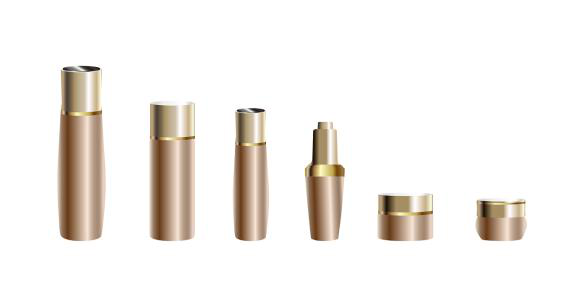
Previous: Qingliyasi Skin care products-Before Treatment The Home Treatment Package
Next: Why is the single use of the Venous Blood Collection Needle widely accepted?
Copyright:@2020-2021
Comments Please sign in or sign up to post.
0
0 of 500 characters used